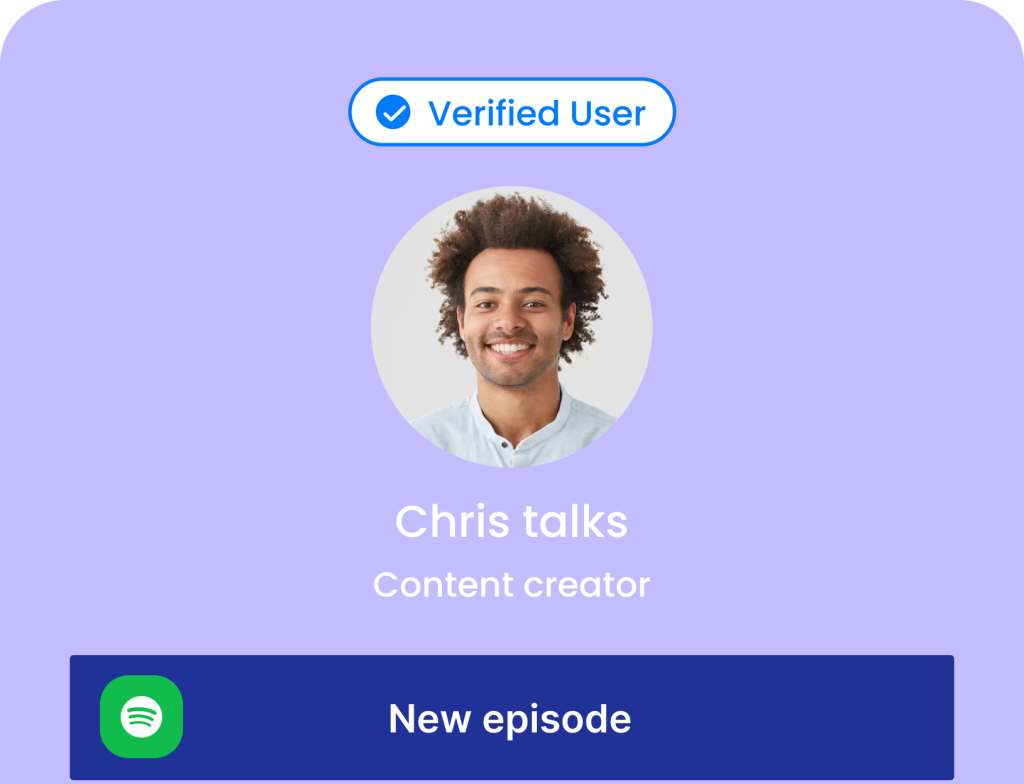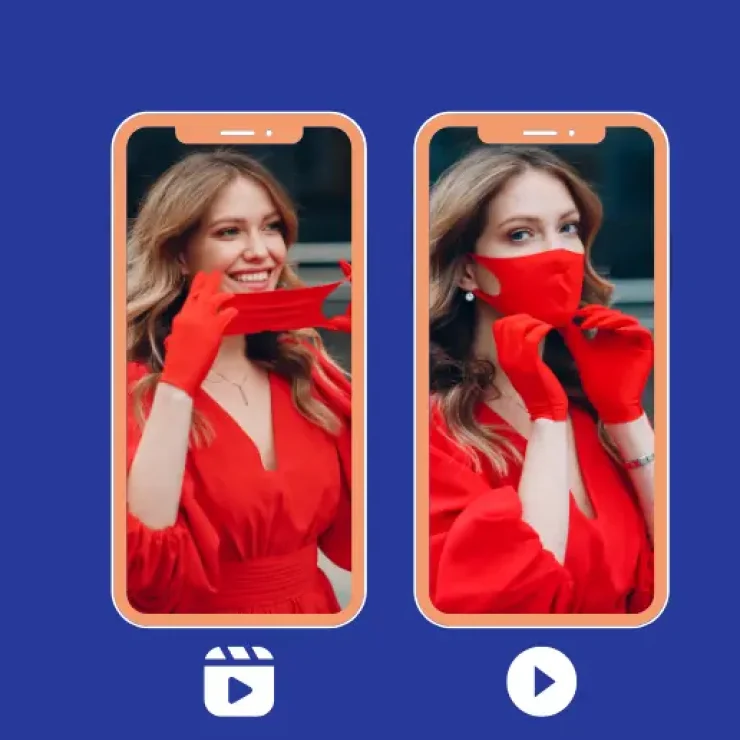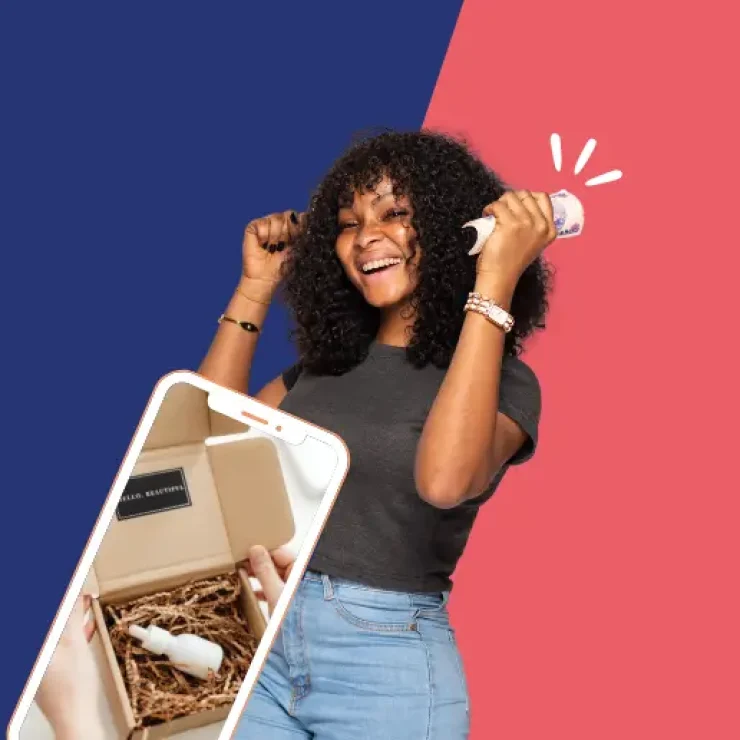Video content seems to be the new powerhouse of social media advertising, capturing the public and laying a new way for a stronger bond between brands and consumers. This is a moving dynamic shift to video-centric content across platforms be it Facebook, Instagram, YouTube, or TikTok.
This is not a trend. It is a tectonic change in the way consumers engage. The purpose of this guide is to help provide actionable insights and strategies to the marketers and businesses on how video advertisement for their brands should be run, so that the messages reach well to the audience and turn out to be good engagement and conversions.
1. The Growing Importance of Video Content
video content consumption over social media has gone through the sky, and users are really preferring video content compared to any form of content. It is in this regard that current statistics say that social media videos get 1200% more shares than combined text and images together, pointing at the potent reach and engagement that videos can offer.
Furthermore, video content has a great influence with an 80% conversion rate, while landing pages of video content yielded higher results. All these numbers underline that the role of video is very critical in any marketing strategy of the brand, best exemplified by successful campaigns like those of Nike and Dove, both of which were able to reach millions around the world through their compelling story and visually told narrative.
2. Understanding Different Video Formats
Social media platforms have varieties of video formats and they are each designed to fit a particular unique purpose. By themselves, live videos bring engaged community and genuineness that videos recorded elsewhere can’t. Insta and reels which Facebook and Instagram have made accessible give brevity and this is pretty good for quick attention span.
Somehow, explainer videos do a much better job for detailed product demonstrations, or edutainment, where they subtly include marketing messages without disturbing the value they offer. It will be your priority in your decision making to clarify the aims of marketing, character of your message, and the preferences of your target audience.
3. Crafting Compelling Video Content
Making interesting videos is what differentiates various social media platforms. In this sense, it is storytelling that has a special role and this is what captivates visitors and the authenticity which creates credibility. The longstanding CTAs help the audience participate in the process actively and are beneficial for increasing engagement. Along with incorporating visuals of good quality and sound manageable easy captions.
Utilizing an online video editor will make this process a lot more efficient. This editor provides tools for easy editing, effects and text overlays. Effective use of the editor will ensure that your content is outstanding. Reach out to your crowd by incorporating both educative and amusing parts into your speech, thus getting your audience involved and active.
4. Optimizing Video Content for Social Media
If we want to get the highest and most effective video content, it’s optimization that is the most important. This means knowing the algorithms of all the social media platforms possessing the art skill of the video SEO method. The clicking of the button requires the products or event to be shown in a way that catches the attention of the audience.
This can be done prominently by use of vivid thumbnails, enticing titles, and inspiring descriptions that will greatly amplify the view and click-through of a video. A person can also increase his/her discoverability factor by using hashtags or keywords which are pertinent to the content and the audience. Therefore, the video content produced is more likely to be seen and shared.
5. Measuring Video Performance on Social Media
The evaluation of your video content is a critical element in developing a targeting approach that will enable you to improve your outputs and achieve a higher level of success. Crucial things to track are views, engagement of audience (satisfaction expressed in likes, comments, and shares) and conversion rate.
Analysis of data available through the social media channels being used, or by using third-party software, can serve as on how your videos are doing with your audience, and help you determine what content appeals the most, and what does not resonate. This method based on measurement enables you to identify areas for further skill and keep on improving your video marketing strategies and eventually successfully reach your audience.
Conclusion
Video content is a magic tool in strategies of advertising in social media, particularly, expanding the interaction, expressing the stories of brands and products. Knowing the various types of videos and making video content exciting, working on each platform and measuring performance lead to the best possible outcome of video advertising for the organizations.
In the times when the digital infrastructure of the world is never stagnant, keeping flexible and innovative with video strategies turns out to be the key to the Pandora box of getting capture of the audience’s attention and ultimately achieving success.








